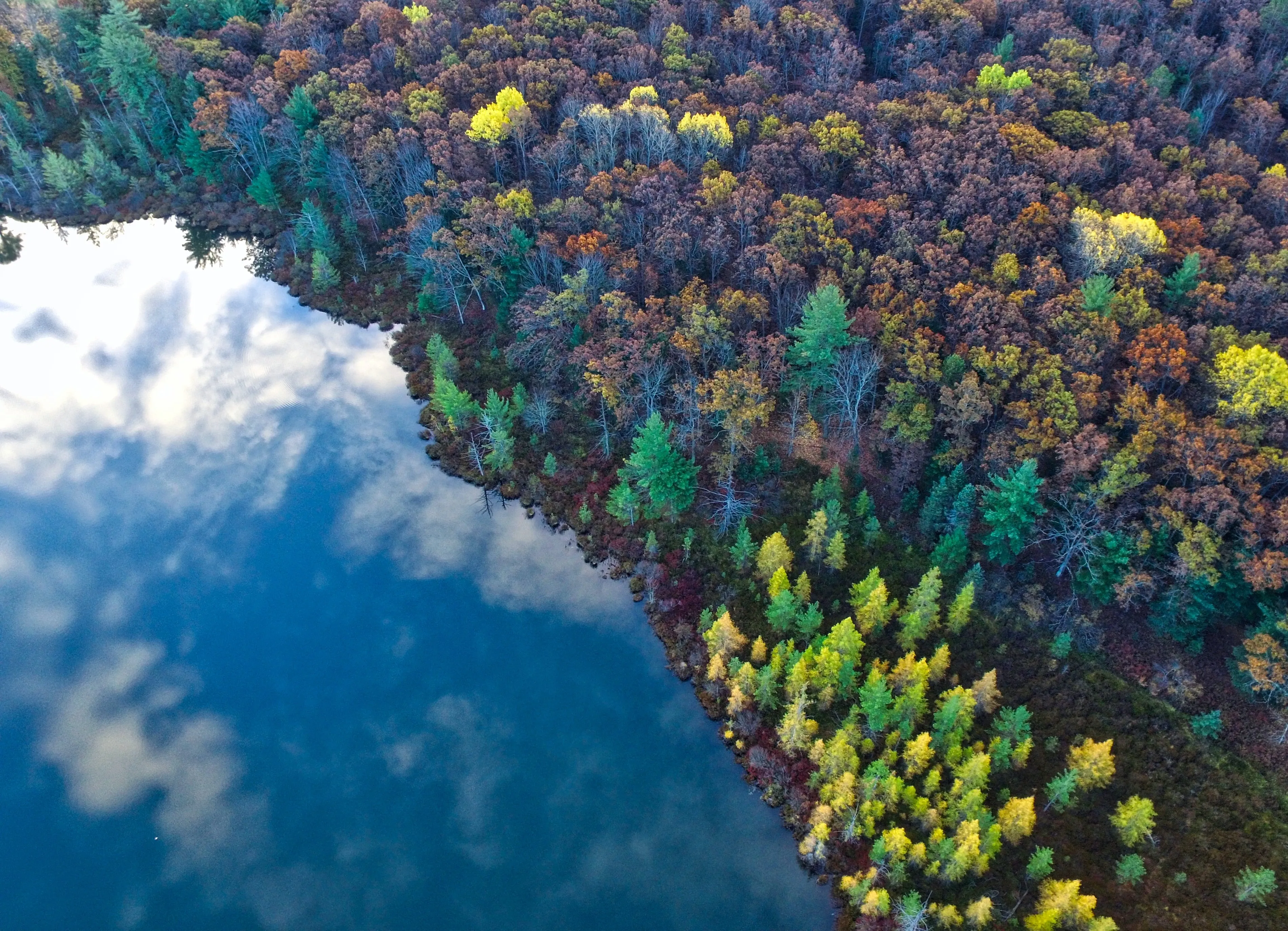Adapting to Climate Change: The Role of Agroforestry
Discover the power of agroforestry in adapting to climate change. This inspiring blog post explores how agroforestry can help communities and ecosystems thrive in the face of climate challenges. From sequestering carbon to enhancing resilience, agroforestry offers a comprehensive solution. Learn about the exciting potential for agroforestry investment, including tax savings and the opportunity for tax-free retirement income. Join the movement and be inspired to create a more resilient future with agroforestry.

Introduction:
In a world facing the realities of climate change, adaptation is key to ensuring the well-being of communities and the survival of ecosystems. In this blog post, we delve into the inspiring world of agroforestry and its crucial role in adapting to climate change. Discover how agroforestry can empower communities, sequester carbon, and enhance resilience. We'll also explore the exciting opportunities for agroforestry investment, including tax savings and the potential for tax-free retirement income. Get ready to be inspired and join the movement to create a more resilient and sustainable future through agroforestry.
1. A Changing Climate: The Need for Adaptation:
a) Understanding Climate Change: Climate change is transforming our world, leading to rising temperatures, erratic weather patterns, and increased frequency of extreme events. These changes pose significant challenges to agriculture, ecosystems, and communities. Adapting to these challenges requires innovative solutions, and agroforestry stands out as a powerful tool.
b) The Resilience of Agroforestry: Agroforestry offers a holistic approach to adaptation, combining trees, crops, and livestock to create resilient systems. By diversifying agricultural practices, agroforestry helps communities become more adaptable to changing conditions, such as droughts, floods, and temperature extremes. It is a pathway to building climate resilience and ensuring food security.
2. Sequestering Carbon, Cultivating Resilience:
a) Carbon Sequestration: Agroforestry acts as a powerful ally in mitigating climate change by sequestering carbon. Through photosynthesis, trees capture and store carbon dioxide from the atmosphere, reducing greenhouse gas emissions. Agroforestry systems, with their diverse tree cover, enhance carbon sequestration, contributing to global efforts to combat climate change.
b) Enhancing Ecosystem Services: Agroforestry goes beyond carbon sequestration. It improves soil health, conserves water, prevents erosion, and enhances biodiversity. By restoring degraded landscapes, agroforestry fosters ecosystem resilience, allowing communities to thrive in the face of climate challenges. It is a comprehensive solution that benefits both people and the planet.
3. Empowering Communities:
a) Sustainable Livelihoods: Agroforestry offers opportunities for communities to secure sustainable livelihoods. By diversifying income sources through agroforestry products like fruits, nuts, timber, and medicinal plants, communities can build economic resilience. Agroforestry also promotes local entrepreneurship and empowers farmers to adapt to changing market demands, reducing vulnerability and enhancing socio-economic well-being.
b) Strengthening Local Knowledge: Agroforestry is deeply rooted in traditional knowledge and indigenous practices. By valuing and integrating local knowledge, agroforestry projects foster cultural resilience and ensure the preservation of traditional agricultural practices. This collaboration between scientific knowledge and traditional wisdom creates a powerful force for adaptation and community empowerment.
Conclusion:
As we face the challenges of climate change, agroforestry stands out as a transformative solution. Through its ability to sequester carbon, enhance resilience, and empower communities, agroforestry offers hope for a more sustainable and adaptable future. Let us be inspired by the power of agroforestry and join the movement to embrace its potential. Together, we can create a world where communities thrive, ecosystems flourish, and future generations inherit a resilient planet. Adaptation starts with agroforestry.
































































































































